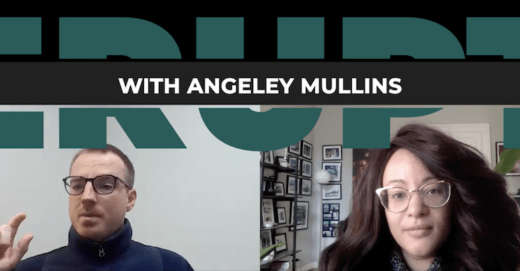In part 2 of this series around ‘Future Strategies in Engineering Quality’ in Partnership with a1qa, Deepak Chinnam (Head of Cross-Platform Services at WPP) looks at whether agile needs QA or whether QA needs agile to be successful.
According to Deepak, agile does not need QA and QA does not need agile to be successful. This is because QA can apply the same principles. Organisations must be able to ask questions about whether it has to be in the system, or if the organisation is clear enough about whether BA, SA and QA sit together. Once you can ask those questions, businesses start to think about the things that they have missed or simply forgot to consider. Most of the defects that come as a requirement or a design are all filtered out at the duck phase. It comes to a company shift in the mindset, not only for testing themes but for everyone. We are all responsible for the quality and the end-user experience. We all have the responsibility to deliver what we promised we would deliver and therefore each of us should take accountability. The next step is to clarify exactly what you are building so that the testing team can start automating even before the code is ready.
Deepak then goes on to talk about how you can approach quality budgeting. Organisations should not look at the budget such as quality or development, instead, they should look at the total cost of ownership and the bigger picture of what they are trying to achieve. Everyone must understand exactly how the overall budget sits. You have to deliver the promises that you made and therefore you need to shift that focus to delivering the total cost of quality so that it’s linked everywhere and not just QA.
The conversation then moves on to what 3 aspects of a digital transformation Deepak believes QA professionals should be heavily involved in and at what stage. The first thing that QA should be heavily involved in is understanding the business that they are supporting and the users that they are supporting. If you do not understand the business or the users, whatever transformation you do will never be right because you are not transforming further users, you are transforming for what you think is the transformation, so having that clarity is crucial. Deepak expresses the need to “Lean right, shift left”. Organisations must ensure they lean right and start thinking like a business.
The second is having a good understanding of the system. You need to be looking at the bigger picture which is known as the QA architect. The QA architect needs to have a deep understanding of the technical aspects.
The third is automation must come first. Automation starts by gathering the requirements, and then flaws into the design. Then finally having that constant business involvement which is one thing that many companies miss out on massively.
a1qa is a next-gen software testing provider offering a full range of QA services for 19+ years. The clients of a1qa ― global enterprises, including the Fortune 500 companies ― obtain business and operational benefits while reaching the desired outcomes with professional QA. a1qa has successfully delivered 1,500+ projects across various industries: eHealth, eCommerce, telecom, BFSI, M&E, IT and software development, real estate, utilities, and energy, among others.




